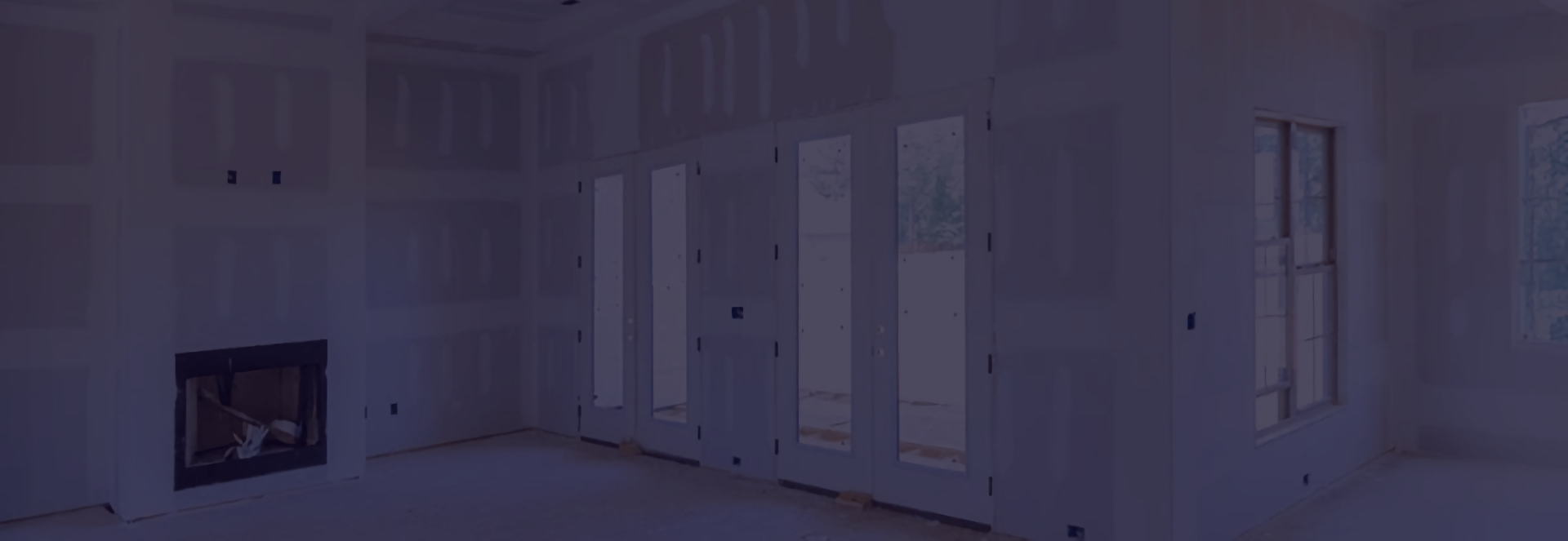
Frequently Asked Questions
If you have questions, we have answers
If you don't see an answer to your question, call us, we are happy to help.
Drywall is one of the most important components of any building. Understanding some of the most common questions associated with drywall ensures that it is installed and maintained correctly. Here are several of the most common drywall questions. They cover all the basics, everything from what type of drywall to use, how to install it, and how to repair it.
Drywall FAQ
I heard some drywall installers glue drywall. Should I have my project done this way?
Gluing is a way of installing drywall that involves applying special adhesive between the studs and drywall (its best to use industry specific gypsum glue) securing it with minimal fasteners as required. This method reduces the number of fasteners needed to secure the panel of gypsum to the framing members. Possibly reducing the amount of stress cracks, and a better finished product. In Volusia and surrounding counties this generally not done.
In Canada and the US there are Certain areas where gluing is required. Check your area for requirements.
Should the drywall joints be staggered?
Staggering the drywall joints is required in all situations. It will strengthen the walls and create a better appearance of the final product.
Should I Replace Moldy Drywall or is just treating adequate?
If you see visible signs of mold, the issue is most likely deeper. It’s always recommended to have an experienced professional to handle your project. In some cases, the mold spores have multiplied, gone air born, and possibly gone into air conditioning ducts, linens, cloths, and furniture. As a homeowner or renter, move all surrounding house hold goods from the area. This is to allow the effected areas to dry more quickly and slow down the spreading of harmful particles.
In all situations no matter how minor a state certified mold specialist needs to be consulted.
Should I prime new drywall surfaces? It seems like an unnecessary, expensive, and time-consuming step.
Primer is required by all drywall manufacturers for a proper wall finish. The drywall mud and surface of the drywall are two very different products. They have very different characteristics. The surface of the drywall is paper from recycled paper. Although there are attempts to remove the ink from the papers previous use, there remains significant amounts of ink left behind. The ink is acidic and paint does not adhere or cover acids well. Additionally the paper is very porous and paint absorbs quickly comparatively to mud.
The nature of mud is to absorb the surface of properly sanded drywall compound is not porous like drywall paper but more absorbent because its nature is to be wet and pliable and absorb into porous surfaces and then to dry completely. After primer application it leaves behind a surface which is sealed, and evenly absorbable for the paint. When using quality products like KILZ or Zinser, there are many products which don’t work. Keep this in mind. When buying a product remember when the price is too good to be true, it usually is.
Should I Replace Plaster with Drywall?
Years ago before the 1960’s Plaster was the go to interior product Drywall was developed as a more economical and less labor intensive alternative to plaster and lathe which is typically found in buildings built after the 1950s.The cost of interior plaster is significantly more expensive. One option is “wone cote”, which is a modernized version of plaster.
If your house was constructed with plaster and lathe, it is likely to be older, and you may need to replace the electrical, plumbing, or other structural elements. If there is a need to update the wiring or plumbing, replacing the plaster and lathe with drywall is suggested. But if not, it's best to leave the plaster walls as they are, plaster walls have many benefits.
What are the limitations of drywall?
It is not the most durable and will need to be replaced more frequently than other materials. Despite its popularity and durability, drywall is not immune to water damage. It is especially susceptible to water damage, as water can easily seep into the material and cause various problems.
What are the pros of drywall?
Cost effective.
* Easily available.
* Quick to install.
* Easy to cut.
What are the Cons of drywall?
Prone to water damage.
* Not as durable as other materials.
* Difficult to recycle.
I drywall bad for the environment?
One significant problem with drywall is that it produces smelly and potentially lethal hydrogen sulfide gas when left to decompose in landfills. It can also leach dangerous sulfates into the groundwater supply. An estimated 75% of drywall ends up in landfills, but efforts are increasing to promote recycling.
What happens to drywall if it gets wet?
While drywall is made of some pretty sturdy stuff, it can sustain damage when exposed to water for too long. If moisture damage isn't addressed swiftly, the structural integrity of the drywall becomes compromised, causing it to become soft, weak and susceptible to mold growth.
Need help with your construction or drywall needs? Stebilla drywall will walk you through your project to ensure you get what you are asking for. As a rule we work closely with our clients for small and large residential or commercial projects, including other needs. Contact us for more for more information.

